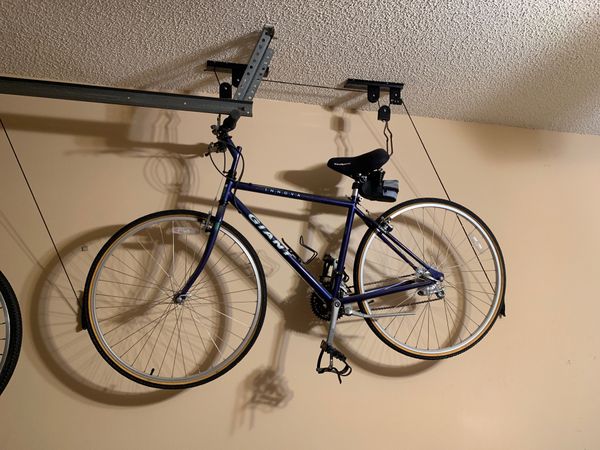

This facet was enhanced by the integrated lighting and mudguards, the latter ensuring I arrived not only sweat-free but unbespattered by rain or other muck. With the assistance of the motor, I found myself grabbing the Giant for journeys I’d otherwise have undertaken by bus or train. Able to weave in and out of stationary traffic, unless you do something very silly with it you’re still unlikely to have any mishaps. Handling on the Quick-E+ is therefore surprisingly whippy, despite its sizable weight. Still, bikes are for riding not carrying.Įmploying a geometry that will be familiar to users of faster hybrids, the Giant is at the more aggressive end of the e-bike spectrum. The same goes for anyone who doesn’t live on the ground floor. If you find yourself in the Greenwich foot tunnel and the lift is broken you’re going to need strong arms, as I found out. The downside is that it’s a bit of a lump. To my mind, this style of fully-equipped hybrid is pretty much the most sensible e-bike configuration. I’m going to go out on a limb and say if you’re thinking of getting an e-bike with drop bars you’re probably going to be disappointed.

The flat handlebar and upright position make sense on a bike where motor and legs combine to provide the drive. With the motor providing the extra push, there’s no reason not to load up on extras and the Quick-E+ sports a rack, mudguard, lights and kickstand. In the UK speed is limited to 25kmph, which is a little slower than most of the traffic on London’s Cycle Superhighways, but, crucially, much quicker than most people can get up even moderate inclines. The power comes on smoothly, and the range is huge. With a central motor, there’s zero additional resistance other than that added by the extra weight. I’ve slowly come around to e-bikes, and it’s models like the Giant Quick-E+ that have won me over.


 0 kommentar(er)
0 kommentar(er)
